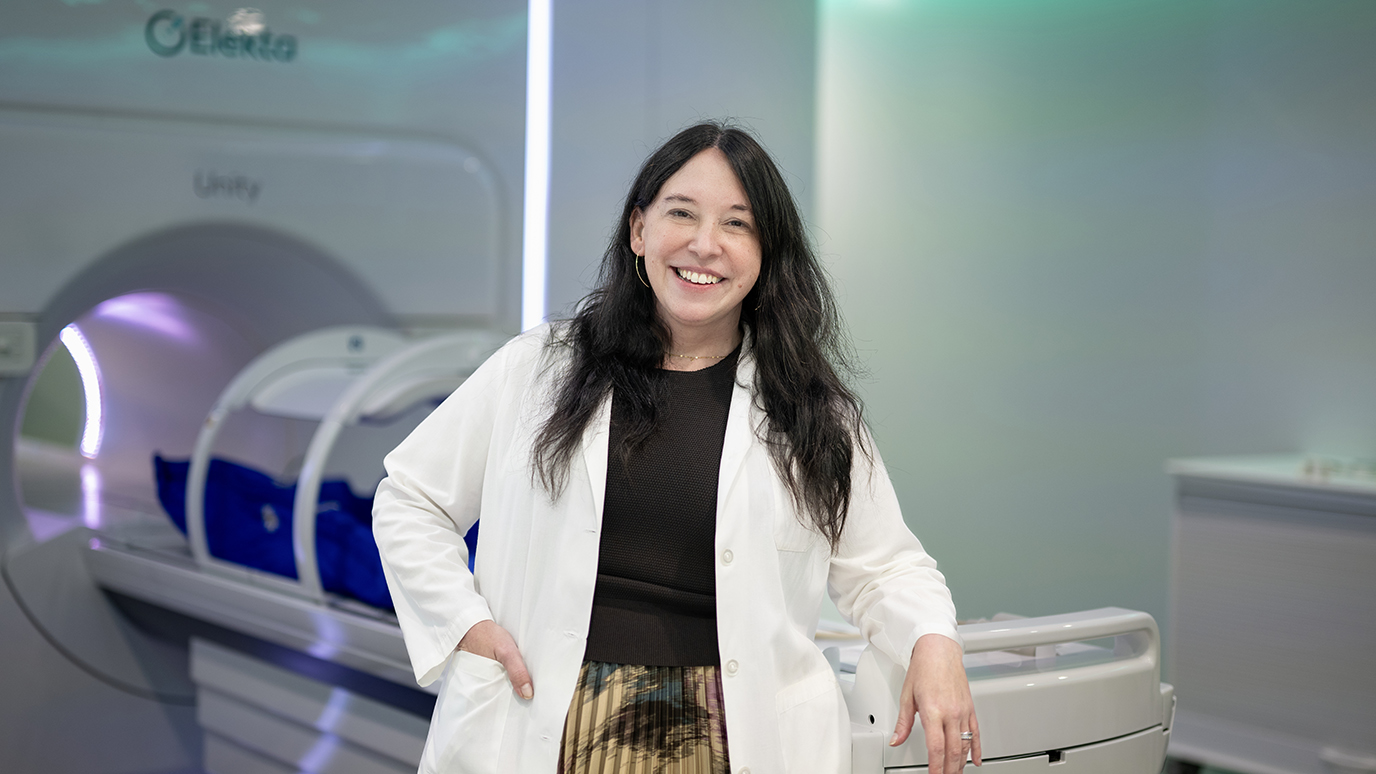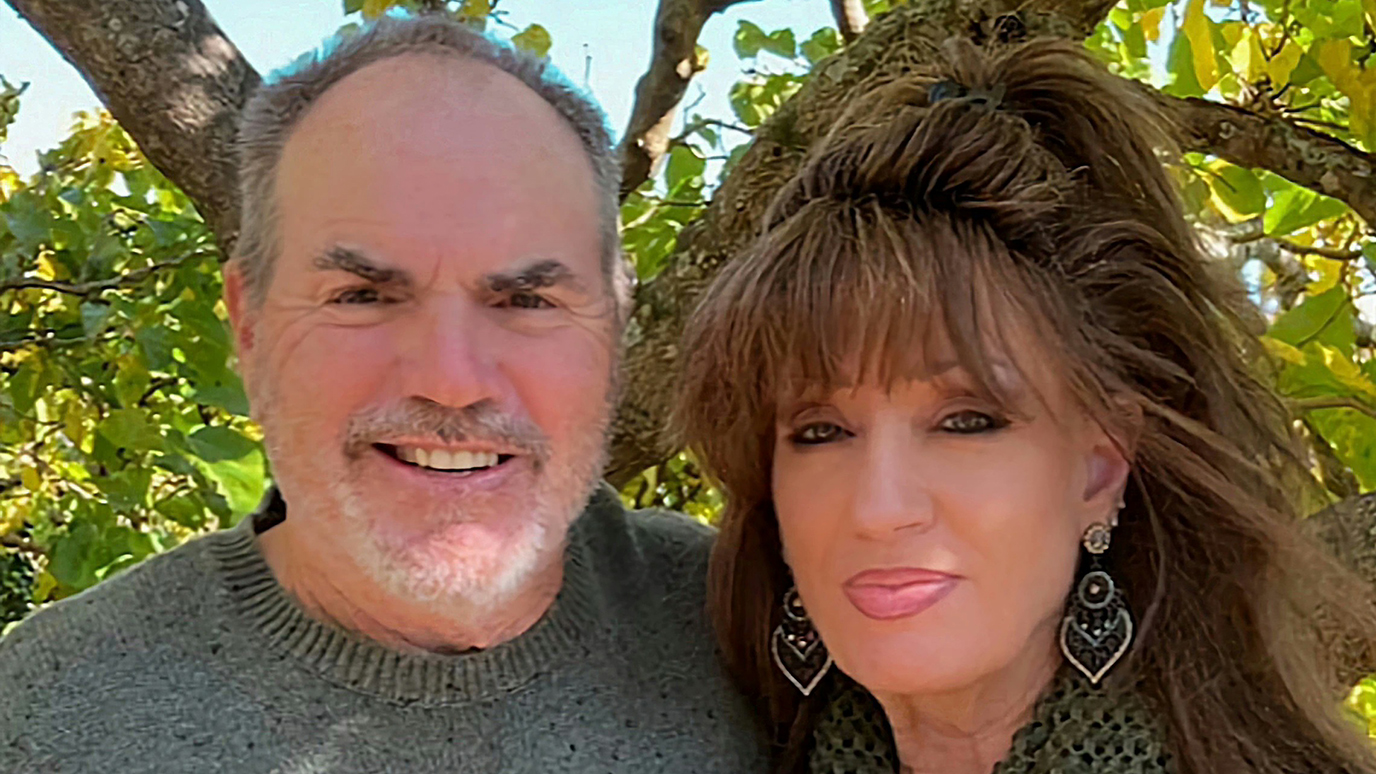Back
- Diseases
- Acoustic Neuroma (16)
- Adrenal Gland Tumor (24)
- Anal Cancer (70)
- Anemia (2)
- Appendix Cancer (18)
- Bile Duct Cancer (26)
- Bladder Cancer (74)
- Brain Metastases (28)
- Brain Tumor (234)
- Breast Cancer (726)
- Breast Implant-Associated Anaplastic Large Cell Lymphoma (2)
- Cancer of Unknown Primary (4)
- Carcinoid Tumor (8)
- Cervical Cancer (164)
- Colon Cancer (168)
- Colorectal Cancer (118)
- Endocrine Tumor (4)
- Esophageal Cancer (44)
- Eye Cancer (36)
- Fallopian Tube Cancer (8)
- Germ Cell Tumor (4)
- Gestational Trophoblastic Disease (2)
- Head and Neck Cancer (14)
- Kidney Cancer (130)
- Leukemia (342)
- Liver Cancer (50)
- Lung Cancer (286)
- Lymphoma (278)
- Mesothelioma (14)
- Metastasis (30)
- Multiple Myeloma (100)
- Myelodysplastic Syndrome (60)
- Myeloproliferative Neoplasm (6)
- Neuroendocrine Tumors (16)
- Oral Cancer (102)
- Ovarian Cancer (178)
- Pancreatic Cancer (160)
- Parathyroid Disease (2)
- Penile Cancer (14)
- Pituitary Tumor (6)
- Prostate Cancer (150)
- Rectal Cancer (58)
- Renal Medullary Carcinoma (6)
- Salivary Gland Cancer (14)
- Sarcoma (238)
- Skin Cancer (300)
- Skull Base Tumors (56)
- Spinal Tumor (12)
- Stomach Cancer (66)
- Testicular Cancer (28)
- Throat Cancer (92)
- Thymoma (6)
- Thyroid Cancer (100)
- Tonsil Cancer (30)
- Uterine Cancer (86)
- Vaginal Cancer (18)
- Vulvar Cancer (22)
- Cancer Topic
- Adolescent and Young Adult Cancer Issues (22)
- Advance Care Planning (12)
- Biostatistics (2)
- Blood Donation (18)
- Bone Health (8)
- COVID-19 (360)
- Cancer Recurrence (120)
- Childhood Cancer Issues (120)
- Clinical Trials (628)
- Complementary Integrative Medicine (22)
- Cytogenetics (2)
- DNA Methylation (4)
- Diagnosis (238)
- Epigenetics (6)
- Fertility (62)
- Follow-up Guidelines (2)
- Health Disparities (14)
- Hereditary Cancer Syndromes (128)
- Immunology (18)
- Li-Fraumeni Syndrome (8)
- Mental Health (122)
- Molecular Diagnostics (8)
- Pain Management (62)
- Palliative Care (8)
- Pathology (10)
- Physical Therapy (18)
- Pregnancy (18)
- Prevention (936)
- Research (390)
- Second Opinion (78)
- Sexuality (16)
- Side Effects (616)
- Sleep Disorders (10)
- Stem Cell Transplantation Cellular Therapy (216)
- Support (408)
- Survivorship (328)
- Symptoms (182)
- Treatment (1788)
Anaplastic astrocytoma: My husband's brain tumor story
BY Jamie Jessee
4 minute read | Published August 14, 2013
Medically Reviewed | Last reviewed by an MD Anderson Cancer Center medical professional on August 14, 2013
At age 25, my husband, Bradly, discovered the frequent headaches he was experiencing were something much worse: a brain tumor.
It was 2005, and Bradly, just nine months out of college, was working as a speech pathologist. We weren't married yet, but after dating for five years, I had no doubt this was the man I was going to spend the rest of my life with.
I just hadn't expected the rest of his life to potentially be a matter of months or years.
Bradly's astrocytoma diagnosis
Bradly had been having headaches on and off, so his primary care doctor prescribed several different headache and sinus medications. When these didn't work, the doctor finally ordered a CT scan of his head.
"Have you seen your scan? It's not good. You have a big brain tumor in your head," the emergency room doctor said.
A needle biopsy of the tumor revealed a grade II astrocytoma, a slow growing, but malignant tumor that needed to be removed immediately.
The team of local neurosurgeons we saw couldn't agree on the best way to treat Bradly's tumor. A few thought it would be impossible to remove the entire tumor. Because of its location and the possibility of major deficits after surgery, it would be best to wait until Bradly had more severe headaches and other symptoms before attempting to remove part of the tumor.
"You probably won't walk or talk again after this surgery, so you should enjoy the quality of life while you have it," our neurosurgeon told Bradly. "This tumor is going to take your life."
Going to MD Anderson for brain tumor treatment
I remember going through all of the possible scenarios in the parking lot before that visit. Would we do surgery here? Would we seek a second opinion? What if there was nothing they could do for Bradly?
I remember going through all of the possible scenarios in the parking lot before that visit. Would we do surgery here? Would we seek a second opinion? What if there was nothing they could do for Bradly?
There was one answer we'd agreed on immediately: we would go to MD Anderson. We left that visit with a referral and spent the next three months with Bradly's aunt and uncle in Houston. During our first visit, we met with Sujit Prabhu, M.D.. He had such a calm, confident presence about him and eased our fears.
We left with a battery of exams scheduled for the next few days, including an awake craniotomy to try to remove the orange-sized tumor in Bradly's head. Bradly also underwent a functional MRI, where his doctors identified the areas of the brain that may be affected during surgery.
Amazingly, his brain had adapted and almost made room for this mass, with most functions moving to the other side. Dr. Prabhu and his team felt strongly that Bradly may not lose any brain function because of the surgery.
Bradly's anaplastic astrocytoma treatment
A week later, Bradly underwent surgery. Dr. Prabhu was able to remove all visible tumor.
It turned out to be not a grade II, but grade III anaplasticastrocytoma -- a more aggressive tumor that calls for a follow-up of radiation and chemotherapy.
So, Bradly completed six weeks of radiation under the care of Anita Mahajan, M.D., another incredibly attentive andamazing physician. He then conquered nine months of chemotherapy-induced nausea and vomiting.
Life after Bradly's brain tumor: Our normal has changed
We thought MD Anderson was a place we'd never see. We came in thinking: a cancer hospital, how depressing. But MD Anderson is the exact opposite. It exudes hope and care and an ease that you are in the best hands this world has to offer. Eight years later, we still return every four months for a follow-up scan and visit with neuro-oncologist Alfred Yung,M.D., and I am so thankful for him. He is more than a doctor. He cares and always inquires about our lives and how we are doing outside of the visits.
So, how are we doing? We learned the most valuable lesson in life at such an early age -- it is precious and not promised. I almost think after the fight is the most difficult part because you are supposed to go back to "normal," and that's difficult when your normal has been changed.
I don't go a day without thinking "what if?" We have a daughter and full-time jobs now. How would we drop everything to go through that again? But worrying doesn't change a thing. We try to live our lives, and we trust that the Lord will get us through if it does.
Related Cancerwise Stories

Jamie, Ella and Bardly Jessee
MD Anderson exudes hope and care.
Jeamie Jessee
Caregiver





